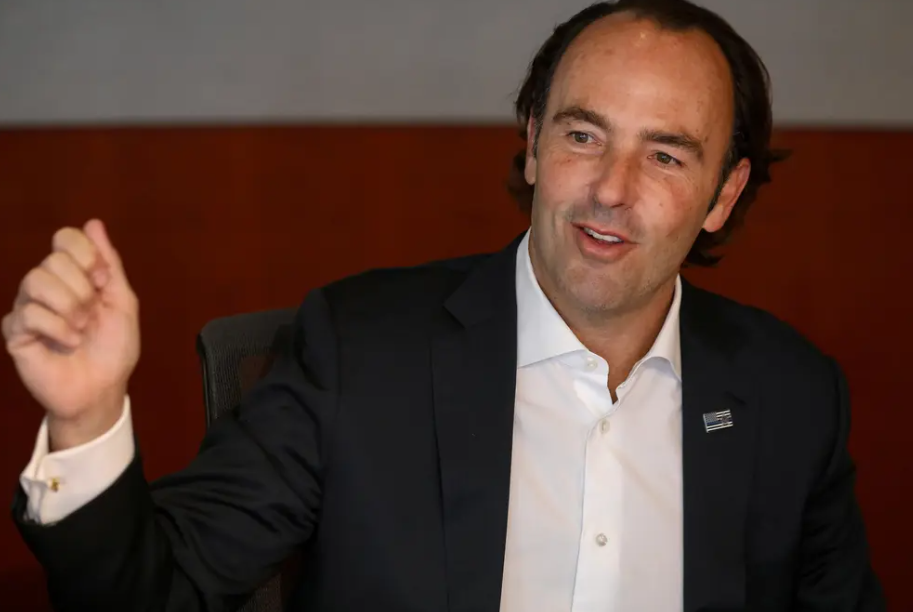UTTyler benefits entire community
Published 10:55 pm Saturday, September 6, 2014
Sometimes, a small number can have big implications. As the Tyler Morning Telegraph reported in August, the University of Texas at Tyler saw an increase in enrollment this fall of more than 7 percent.
This comes at a time when most colleges and universities are seeing flat enrollment numbers. We should take a moment to consider what UT-Tyler’s enrollment — and UT-Tyler itself — mean to the region and the region’s future.
Trending
“I think UT-Tyler is crucial for the growth of our community,” Tyler Mayor Martin Heines said. “Parents from around the state and nation have decided Tyler is a good safe place to send their students to learn. The UT-Tyler community has worked so hard for so many years to keep educational excellence at the forefront of its mission, and that’s paid off in folks coming to our community for their education.”
UT-Tyler President Rod Mabry said the school tries to provide that education at a reasonable price for students and parents.
“UT-Tyler’s ‘value proposition” is very high,’ Mabry responded recently. “The word is spreading, too, that students can get a flagship-level education (and more) without all the hassle of going to the ginormous, expensive universities in large, urban areas.”
Yes, a university president said “ginormous.” But that’s okay; he’s just excited. So is the rest of the school.
“Strong growth creates its own ‘buzz’ among our students and faculty alike,” Mabry contends. “They are talking about the quality and growth on campus that, together, make this a special time for them to be a part of this university. The energized atmosphere on campus is just terrific. That atmosphere leads to a desire to excel and to a feeling of great satisfaction by our students.”
The region should be excited, as well.
Trending
UT-Tyler has a significant economic impact on Tyler and East Texas.
The numbers back that up.
“The economic impact of our $110 million budget, the $10-plus million capital expenditures for new buildings and renovations that we average annually, the expenditures in the community of an extra 8,000 students amounting to about $9,000 each for a total of $72 million, plus even a small multiplier for the re-spending of these dollars during the year by other businesses, puts the annual economic impact of UT Tyler’s institutional and student spending above half a billion dollars annually,” Mabry notes (the emphasis is ours).
Heines adds that a key task in coming years is keeping the young professionals graduating from UT-Tyler in the East Texas region.
“The growth of the medical sector is going to continue to push our colleges to increase the health care workforce,” he said. “Being able to train them locally is a huge benefit to our community. I don’t see any limit to the growth.”
Mabry agrees.
“The real contribution to the community is the increased number of highly educated and engaged teachers, engineers, nurses, historians, psychologists, artists, pharmacists and businessmen and women that will have their own distinct contributing influence on our community — and future generations,” he said.
UT-Tyler is to be congratulated on its enrollment numbers, and commended for the value it adds to our community.








